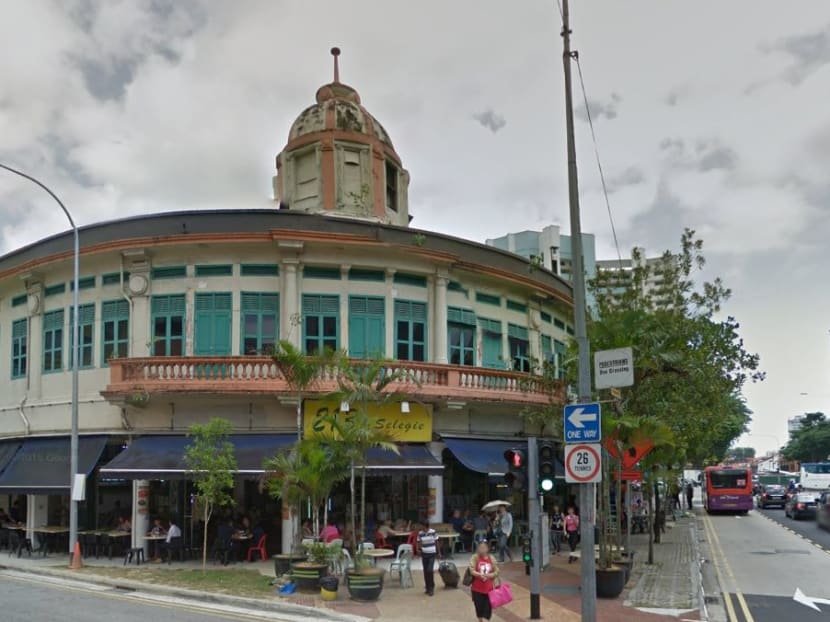Impact of North-South Corridor on Ellison Building ‘will be minimised’
SINGAPORE — Back before Rex Cinema and Ellison Building in the Selegie Road area were gazetted for conservation in 2008, planners of the North-South transport corridor already saw that construction would affect those buildings.
SINGAPORE — Back before Rex Cinema and Ellison Building in the Selegie Road area were gazetted for conservation in 2008, planners of the North-South transport corridor already saw that construction would affect those buildings.
But government agencies decided to conduct engineering studies to further reduce the corridor’s impact on the two buildings with heritage value, and the Urban Redevelopment Authority (URA) went ahead and gazetted them.
The Government later revised the corridor’s alignment such that Rex Cinema would be completely avoided, and one of Ellison Building’s corner shophouse units — instead of a larger portion of the building — would be affected.
These details were revealed by Senior Minister of State for National Development Desmond Lee yesterday in Parliament, when asked by Nominated Member of Parliament Kok Heng Leun if the impact of the corridor on Ellison Building could be totally avoided.
The 21km-North-South Corridor, when completed, will consist of bus lanes, cycling routes and an expressway connecting residential estates in the north to the city centre.
News in August of its impact on the Ellison Building — at the junction of Selegie Road and Bukit Timah Road and built in 1924 by Romanian Jew Isaac Ellison — had deeply upset heritage enthusiasts, who said that the development sent a message that conserved buildings could be undermined in this way. The unit was to be demolished and rebuilt after the transport tunnel is completed in 2026, and the authorities had called it an “exceptional course of action”.
Last month, however, the URA and the Land Transport Authority (LTA) said that implementation plans would be finalised only after discussions with heritage groups and a conservation specialist’s report was done.
Instead of not conserving the two buildings or conserving only part of them back in 2008, Mr Lee said yesterday that he felt the best option was taken, which was to gazette them and “do our best to minimise the impact”.
On whether the authorities could engage heritage groups earlier in discussions, Mr Lee said that a right balance is needed, because LTA projects have implications “beyond heritage” and also impact businesses, homes, public amenities, parks and greenery. “And we need to do work from conception to a certain level of certainty before we then engage the community,” he added.
In his reply to Mr Kok, Mr Lee also provided details on the underground conditions around Bukit Timah Road, where a segment of the North-South Corridor would lie. On one side of the road is the underground Rochor Canal that prevents floods. The North-East Line of the MRT system cuts across Bukit Timah Road, while the Downtown Line runs beneath it. This means that the North-South Corridor tunnels must run in between the infrastructure, and in between the foundations of existing buildings along both sides of the road.
“This is a very challenging engineering task as sufficient clearance distance must be allowed between the (tunnels) and surrounding underground structures for safety reasons,” Mr Lee said. He added that given the constraints, and the tunnels could not be lowered further underground without affecting nearby MRT stations and other buildings, LTA has worked out “the best possible alignment” for the tunnels. Neo Chai Chin







